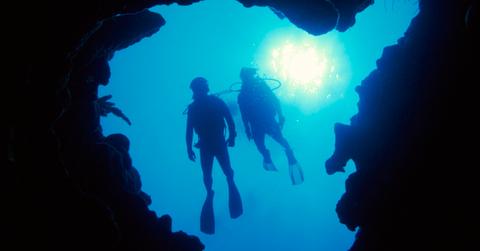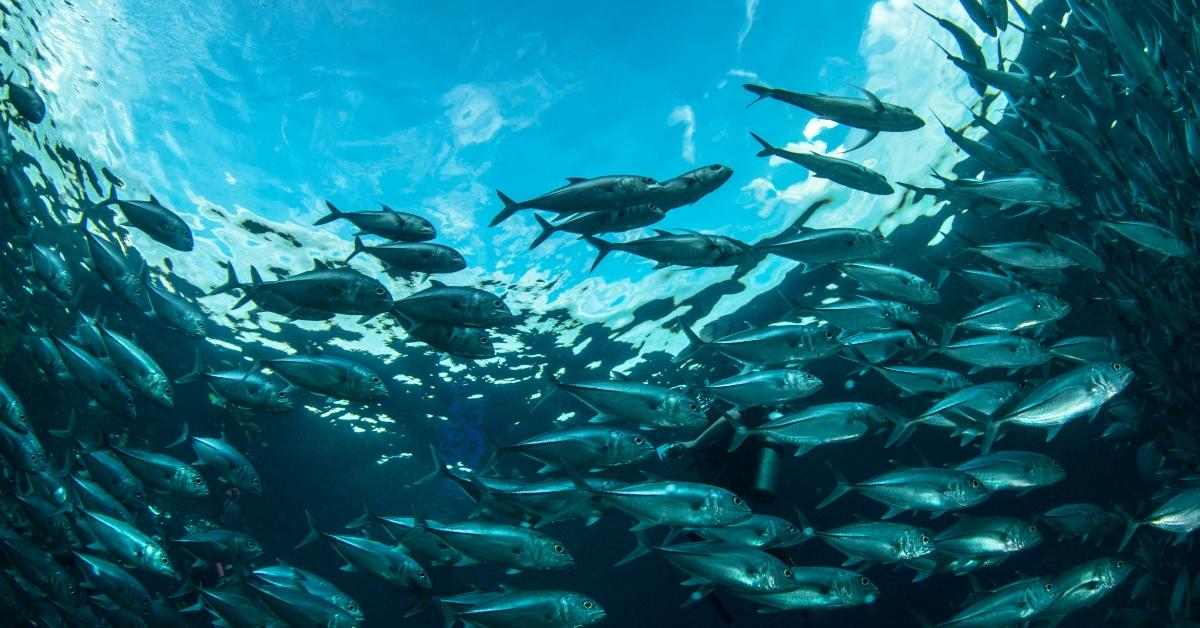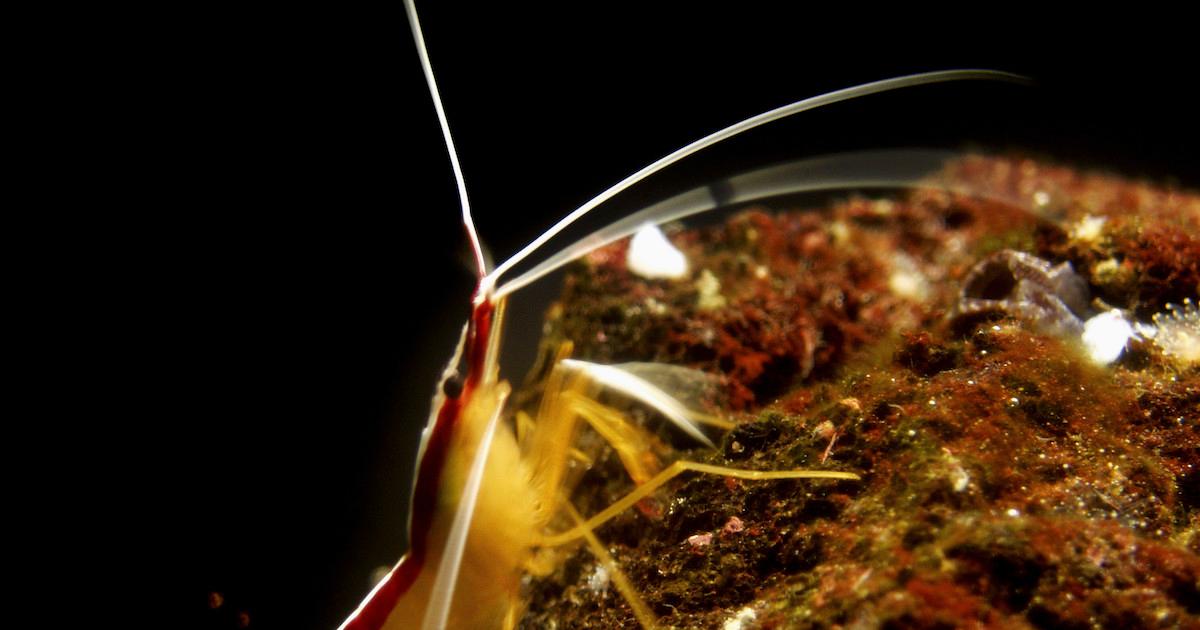You Might Be Surprised By How Much of the Ocean is Unexplored
Updated July 13 2023, 4:17 p.m. ET

While scientists take pictures of black holes and send rovers to long-dead planets, one of the last unknown frontiers remains largely unexplored: the ocean. We know that the ocean is essential to life on Earth and contains a multitude of biodiversity, with new species continuing to be discovered every day. There are even black holes inside the ocean that we don't know much about!
This persistent mystery may leave you wondering, what is the deepest part of the ocean? And what creatures dwell in those uncharted inky depths?
Keep reading for everything you need to know about the ocean and its wonders.

How much of the ocean is unexplored?
According to the National Oceanic and Atmospheric Administration (NOAA), more than 80 percent of the ocean remains unexplored. It might seem a rather large number, considering humankind has explored and settled in every other corner of the globe. Much like space exploration, however, there are many factors that contribute to scientists' inability to study the ocean: namely, the sheer amount of pressure.
What is the deepest part of the ocean?
According to Scientific American, most ocean life lives 660 feet below the surface. Nuclear submarines operate at around 850 feet. Whales aren't typically seen past 8,200. Even the Titanic's sunken remains are 12,467 feet below the surface.
However, the deepest part of the ocean lies in the Pacific Ocean, between Guam and the Philippines. It is called the Marianas Trench, a crescent-shaped dent in the ocean located at an astonishing 35,814 feet below sea level. The Marianas Trench is, on average, 43 miles wide and seven miles deep.
At the bottom of that great undersea gorge is the Challenger Deep — the deepest point known on Earth.

Why is it so difficult to explore the deep ocean?
According to NASA oceanographer Dr. Gene Feldman, the hardest part of exploring the oceans is due to physics. At those great depths, the zero visibility, extremely cold temperatures, and crushing pressure are a lethal combination for even the bravest and most well-equipped explorers.
Feldman is even quoted as saying:
“In some ways, it’s a lot easier to send people into space than it is to send people to the bottom of the ocean... The intense pressures in the deep ocean make it an extremely difficult environment to explore.”
Underwater vehicles are also prohibitively expensive to build and buy. They must survive the high pressure and the cold, as must their occupants and related equipment.
As a result, only a small portion of the Earth’s oceans have been explored. According to NOAA, only about 35 percent of the ocean and coastal waters of the U.S. have been mapped using modern sonar methods.

What lives in the deepest part of the ocean?
The fish, crustaceans, and invertebrates that dwell in the deepest parts of the ocean don’t look or behave like anything you might expect. Many readers may be familiar with the strange, glowing, fang-mouthed horrors in the abyssopelagic zone. Creatures like lanternfish, hatchet fish, and gulper eels live in a literal abyss, blinking while they shimmer in otherworldly bioluminescence.
While the abyssopelagic zone is about 13,000 to 20,000 feet deep, the very deepest, the hadopelagic zone can be as deep as 20,000 feet or deeper. According to Marine Bio.org, the creatures living in the abyssopelagic zone are small, translucent, and completely bereft of scales or sight. Yet all of them are uniquely adapted to live in those extreme pressures without even the barest trace of sunlight.
Some, including the giant tube worm, live near hydrothermal vents and feed on tiny bacteria that get their energy directly from the chemicals in the water. The water around these vents may be boiling, but it’s rich in minerals and chemicals that the creatures who have evolved to live there need to survive. The tube worms can also grow to be over eight feet tall.

Are the deep oceans in danger?
Unfortunately, this largely unexplored series of biomes has also proven to be the most susceptible to pollution, plastics, overfishing, climate change, and many more human-created environmental issues. It is notoriously difficult to protect what we do not understand. Thus, only about 7 percent of the world’s oceans are designated marine protected areas, according to the U.N. World Database on Protected Areas.
That means the other 93 percent might be just as in peril — we just don’t know enough about it to recognize the danger. Like all oceans, though, these deep places undoubtedly need our help. Our actions have affected every other environment on Earth negatively, so it stands to reason that even these unexplored places are in danger.
his article, originally published on Jan. 5, 2021, has been updated.